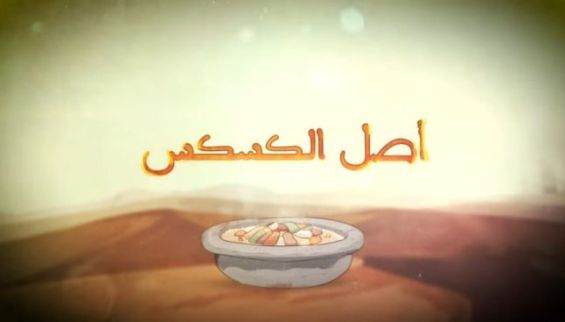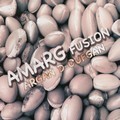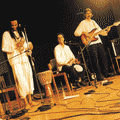When we say couscous, we think family reunions, Fridays after prayer time, ceremonies, and rituals. The dish, on our modern day is a once-a-week delicacy, with different versions that vary from one occasion and region to another.
But did you know that Moroccans, centuries ago, viewed couscous differently? It was a daily meal for the poor, with simple and humble ingredients that sometimes lacked meat and included few to no vegetables. The rich and well-off families had couscous twice a day, for lunch and dinner, sometimes with eight different vegetables, meat, chicken and even pigeon for the wealthy.
No doubt, this emblematic dish was sometimes called Taam, which translates to simply «the food». In history books and chronicles, the first mention of couscous dates to the 12th century. The mention was part of a book that detailed the culinary traditions of the Almohad Empire era. The book showed how the dish was a pillar of Moroccan cuisine, explains an animated video that traces back the Moroccan origins of couscous, and how it travelled with Moroccan pilgrims, doctors, and merchants the world over.
An animated series to debunk historical misconceptions
Titled Bassmat Tourath, the animated video on the origins of couscous is the first episode of a newly launched series on Moroccan history and intangible heritage. Combining both thorough scientific and academic research and animation, the series is produced by Moroccan historian Mohamed Nabil Mouline and Moroccan content creator Mustapha El Fekkak, known on Youtube as Swinga.
The series, narrated and animated by Swinga, and compiled by Mouline, is an effort to document Morocco’s immaterial heritage, through credible and scientific research.
«The videos are a result of a 100% academic research, based on historical documents and concrete sources», Dr. Mouline told Yabiladi, Friday in Casablanca, during the launch of the series.

«In other words, any of these videos could be considered scientific research that could be translated into a written paper, or a book», he insisted. While respecting international research standards, Basmat Tourath is using animation to target a larger audience.
«The main goal of this project is to have both serious and credible content, that respects international standards, while being delivered in an artistic form that would be entertaining and appealing to the younger generations», Mouline explained. «We chose animation because it is a medium that speaks to a larger audience», he concluded.
Sponsored by the Ministry of Youth, Culture and Communication, the next episodes of the series will touch upon important aspects of the Moroccan culture, from the origins of emblematic Moroccan dishes, like couscous and mint tea, to historic figures and traditions.





 chargement...
chargement...













